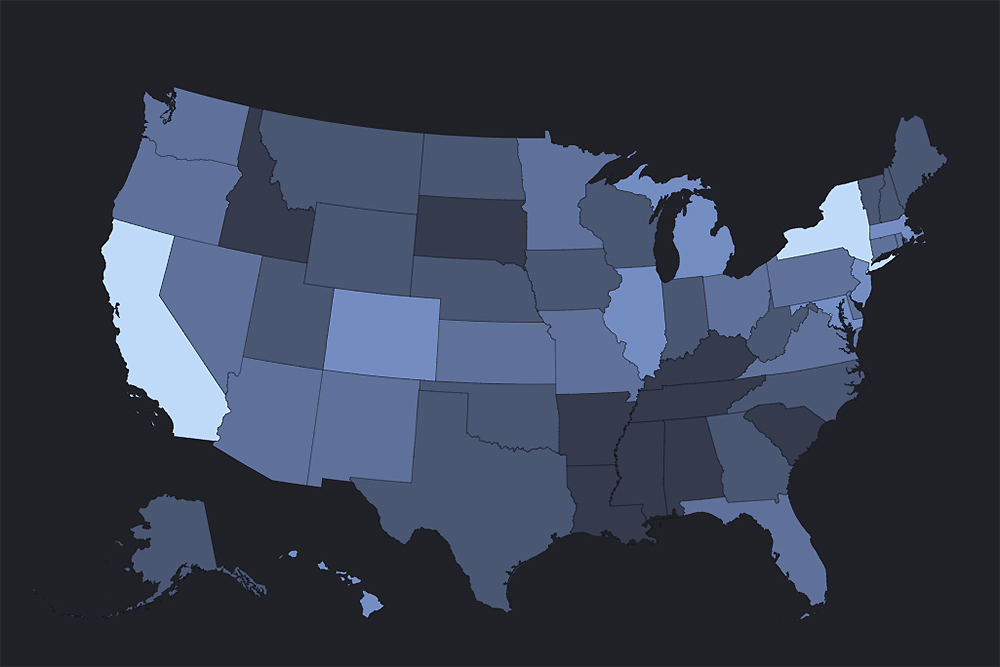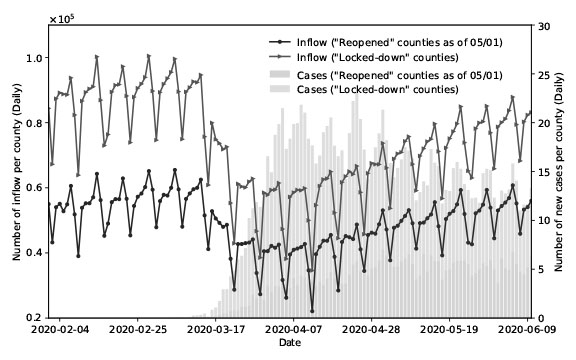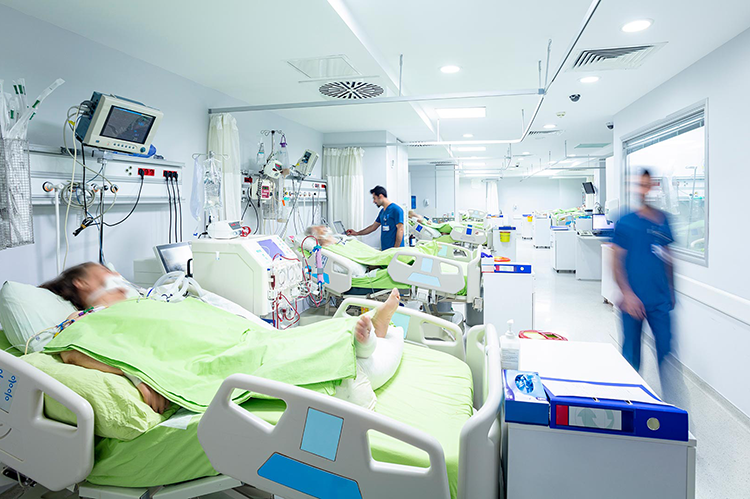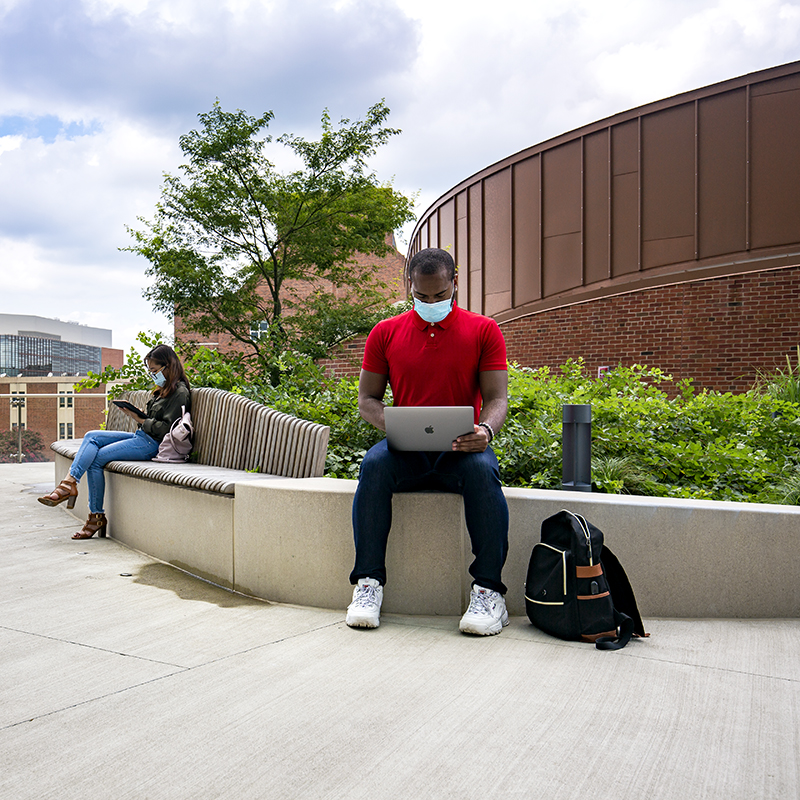News Story
Gaining an Edge on Infectious Diseases
 In theory, developing models of the way people get around can help greatly in tracking the spread of infectious diseases—and containing outbreaks before they happen. But modeling efforts have, until recently, been hampered by a lack of sufficient data.
In theory, developing models of the way people get around can help greatly in tracking the spread of infectious diseases—and containing outbreaks before they happen. But modeling efforts have, until recently, been hampered by a lack of sufficient data.
The Federal Highway Administration’s (FHWA) most recent National Household Travel Survey (NHTS), for instance, was conducted in 2017, years before the COVID-19 pandemic. “In general, we’ve had to rely on data that is not collected very often and samples a relatively low percentage of the population,” notes Maryland Transportation Institute assistant director Chenfeng Xiong, who holds joint faculty appointments with the University of Maryland’s civil and environmental engineering department and the Center for Shock Trauma and Anesthesiology Research at the University of Baltimore (UMB).
Backed by an approximately $1 million grant from the National Institutes of Health (NIH), Xiong is collaborating with UMB infectious disease expert Meagan Fitzpatrick and other colleagues in a multi-institutional effort aimed at creating more effective models through the use of new technology. The team will be using data gleaned from mobile devices, such as cell phones, to track mobility behavior continuously and in near real-time, allowing them to better connect the dots between and travel and public health. The mobility models will then be linked to dynamic infectious disease models, in order to capture how human mobility influences infectious disease transmission at different locations.
As Xiong explains, “technological advances have given us a great opportunity to improve our understanding of the risks from infectious diseases, particularly as these risks are linked to mobility behavior.”
"With our real-time, continuous data, we can identify mobility patterns as early as the next day, and if we see a concern we may be able to alert federal and local governments so they can take proactive action to prevent a pandemic from happening.”
Dr. Cnenfeng Xiong, assistant professor of civil and environmental engineering, University of Maryland
At the heart of the project is a massive, real-time database developed by MTI in support of an upgraded NHTS, and utilized during the COVID-19 pandemic to stand up a COVID-19 Impact Analysis Platform that tracked social distancing compliance, impacts on the economy, and other variables.
The MTI database pulls in individual smartphone location data and covers around 60% of the U.S. population. Moreover, it collects data continuously, allowing researchers to track quickly-evolving trends that other tools might miss.
“We’re not just observing people for one or two days; we observe them continuously and see how their behavior changes over time,” Xiong said. “It’s real time, it’s dynamic, and it’s continuous. With our real-time, continuous data, we can identify mobility patterns as early as the next day, and if we see a concern we may be able to alert federal and local governments so they can take proactive action to prevent a pandemic from happening.”
Pilot studies will be carried out at the UMB Institute of Human Biology’s (IHB) campus in Nigeria and at universities in South Africa, enabling the researchers to test their models in a region that has been hit hard by COVID-19 and other infectious diseases.
Xiong expects the MTI database to spur many further projects in the future. “It’s an unprecedented opportunity for collaborative research bringing together transportation and other fields, including public health, public policy, and economics,” he said.
Published January 18, 2022








